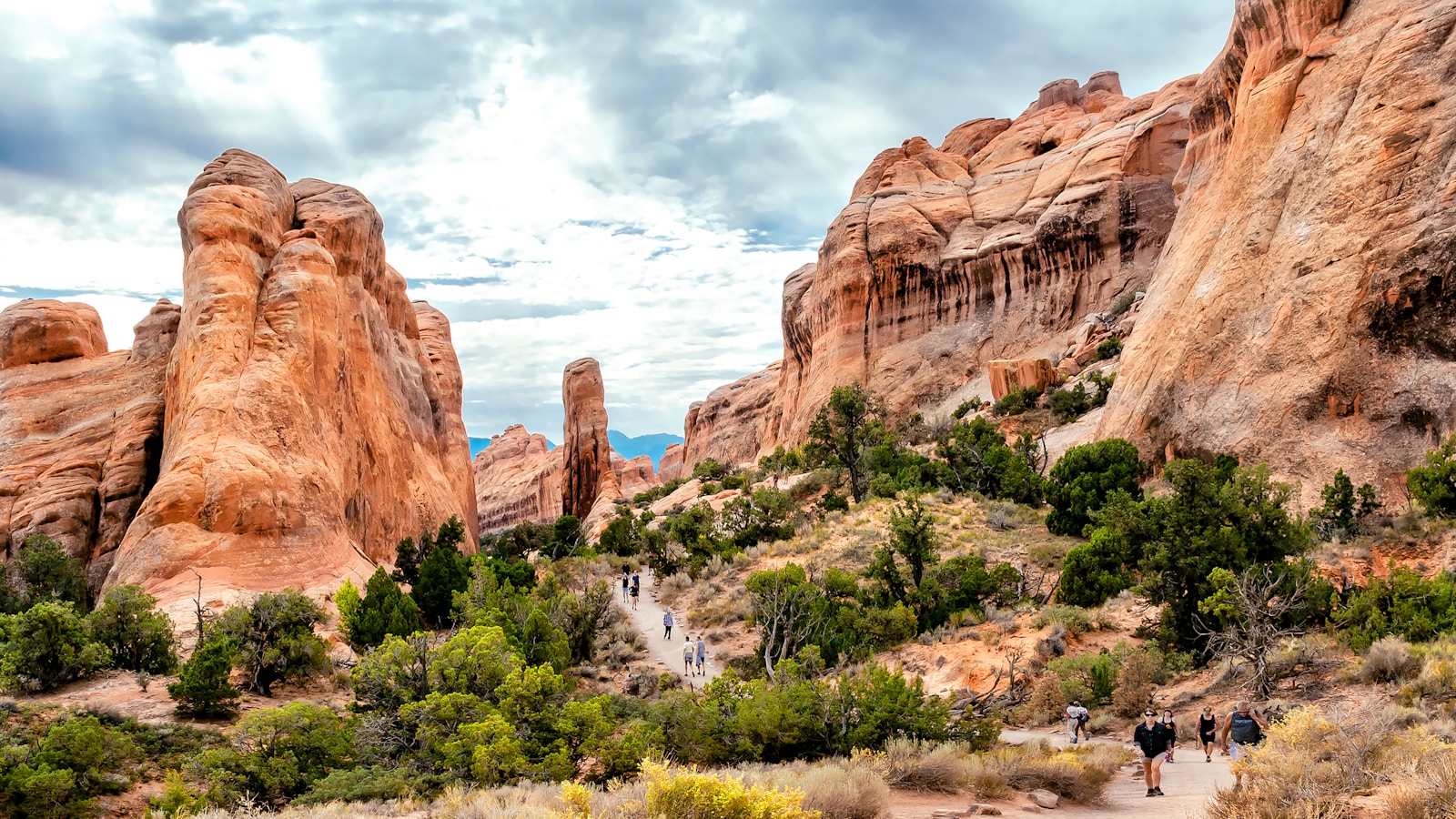National parks are often viewed as sanctuaries of natural beauty and tranquility, drawing millions of visitors seeking connection with the wilderness. However, beneath the serene landscapes and breathtaking vistas lies a darker reality – these vast, remote areas have also been the settings for some of America’s most chilling and mysterious crimes. The isolation that makes these parks so appealing to nature lovers can also create perfect conditions for criminal activity, from opportunistic violence to carefully planned murders.
This article explores some of the most notorious crimes that have occurred within these protected lands, examining how the wilderness that inspires awe can also harbor danger, and how these incidents have shaped park safety protocols and public perception over time.
The Disappearance of Stacy Arras in Yosemite National Park
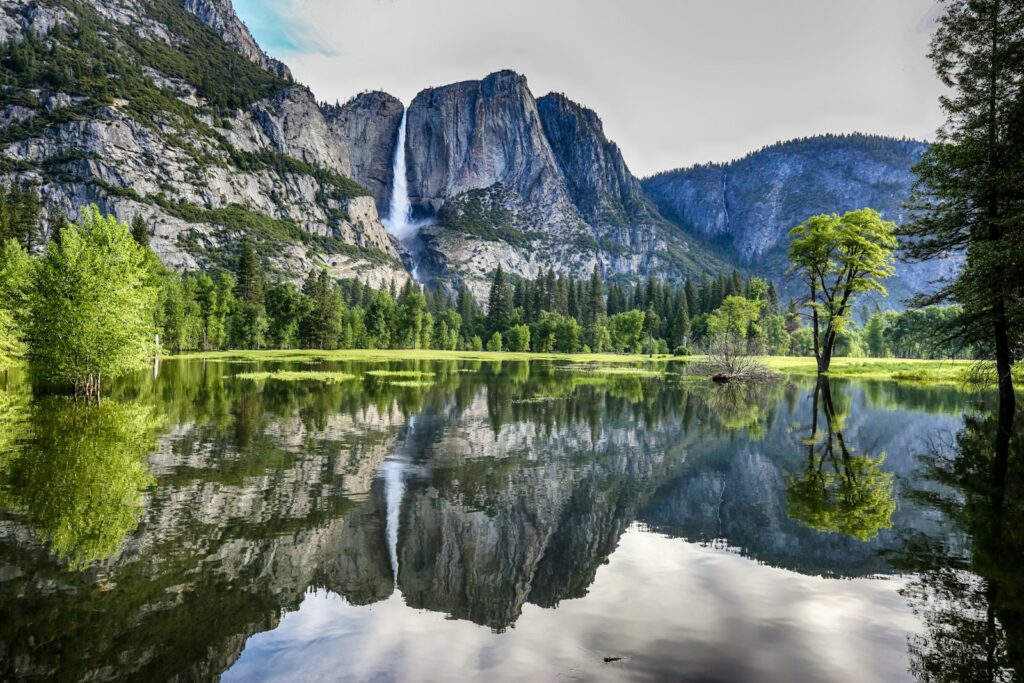
In July 1981, 14-year-old Stacy Arras vanished while on a horseback riding trip with her father and others at Yosemite National Park. After reaching Sunrise High Sierra Camp, Stacy took her camera and walked a short distance away to photograph a nearby lake, never to be seen again. Despite one of the most extensive searches in Yosemite’s history, involving hundreds of people, tracking dogs, and helicopters, only her camera lens was ever found.
The mysterious circumstances of her disappearance have fueled speculation for decades, with theories ranging from animal attacks to abduction. Stacy’s case remains one of Yosemite’s most perplexing unsolved mysteries, highlighting the dangers that can lurk in even relatively accessible areas of these vast wilderness spaces.
The Yosemite Serial Killings
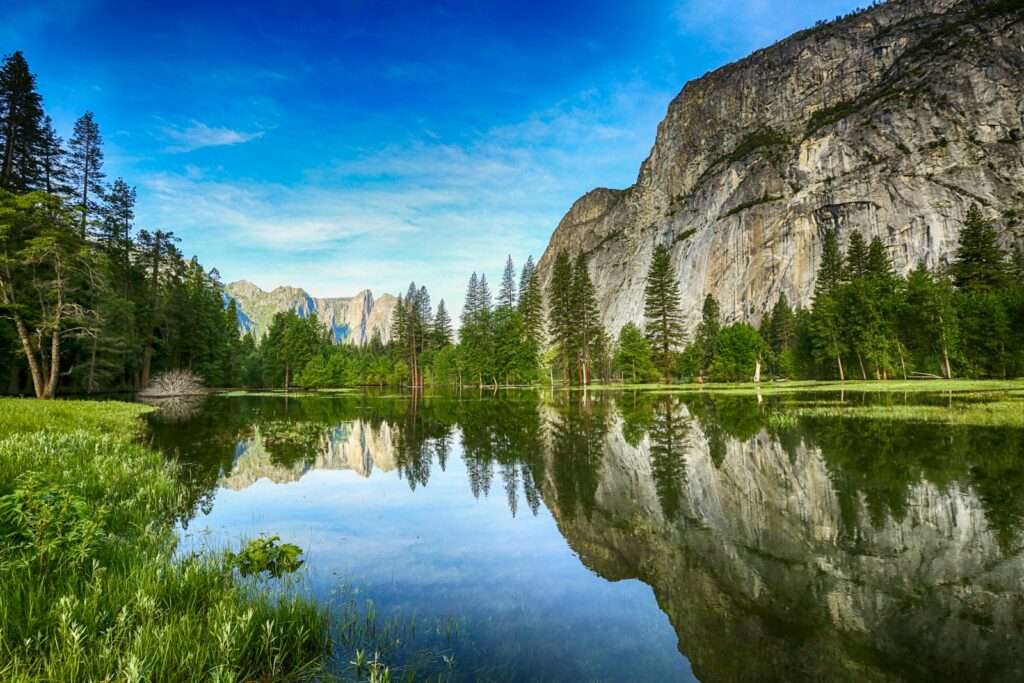
Perhaps the most infamous crime spree associated with national parks occurred in Yosemite in 1999, when handyman Cary Stayner embarked on a killing rampage that shocked the nation. His first victims were Carole Sund, her daughter Juli, and family friend Silvina Pelosso, who were staying at the Cedar Lodge where Stayner worked. Several months later, he murdered Yosemite naturalist Joie Armstrong near her park residence.
The brutality of these crimes sent shockwaves through the park community and fundamentally changed how many visitors perceived their safety in national parks. Stayner was eventually captured, convicted, and sentenced to death, but his crimes left an indelible mark on Yosemite’s history and prompted significant revisions to employee screening procedures in park concessions.
The Murder of Margaret Haddican at Grand Canyon National Park
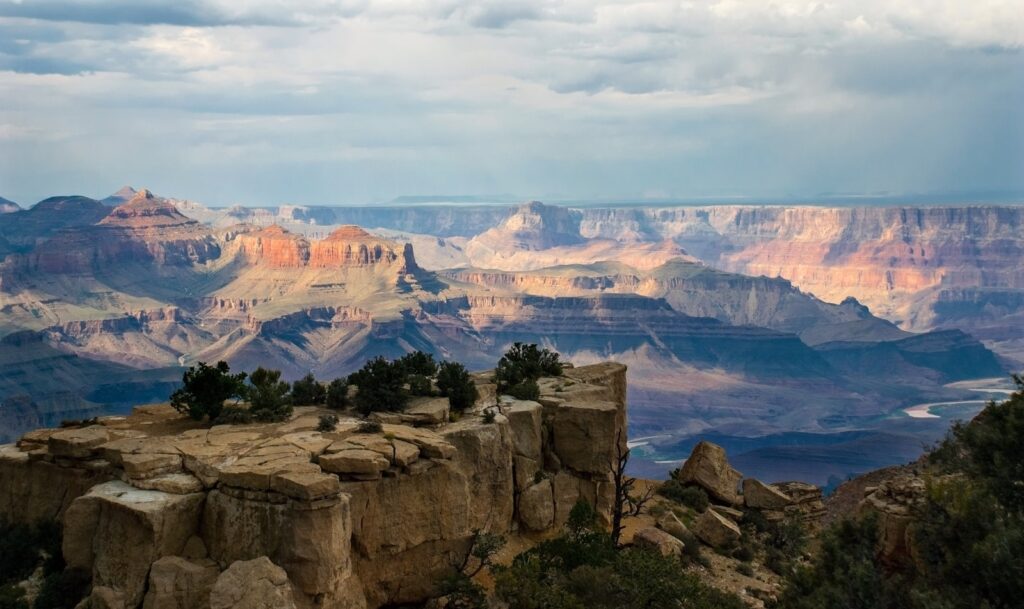
In 1960, the Grand Canyon was the setting for a crime that would remain unsolved for over three decades. Margaret Haddican, a 23-year-old schoolteacher, was found brutally murdered near the park’s North Rim, her body concealed under pine needles and branches. The remote location and limited forensic capabilities of the time complicated the investigation, allowing her killer to evade justice for years.
In 1994, a breakthrough came when DNA evidence linked the crime to a man named Jerry Walter McFadden, who had already been executed in Texas for other murders. The Haddican case exemplifies how advances in forensic science have helped solve cold cases in national parks, bringing closure to long-standing mysteries and justice for victims whose cases might otherwise have been forgotten to time.
The Bennington Triangle Disappearances in Green Mountain National Forest
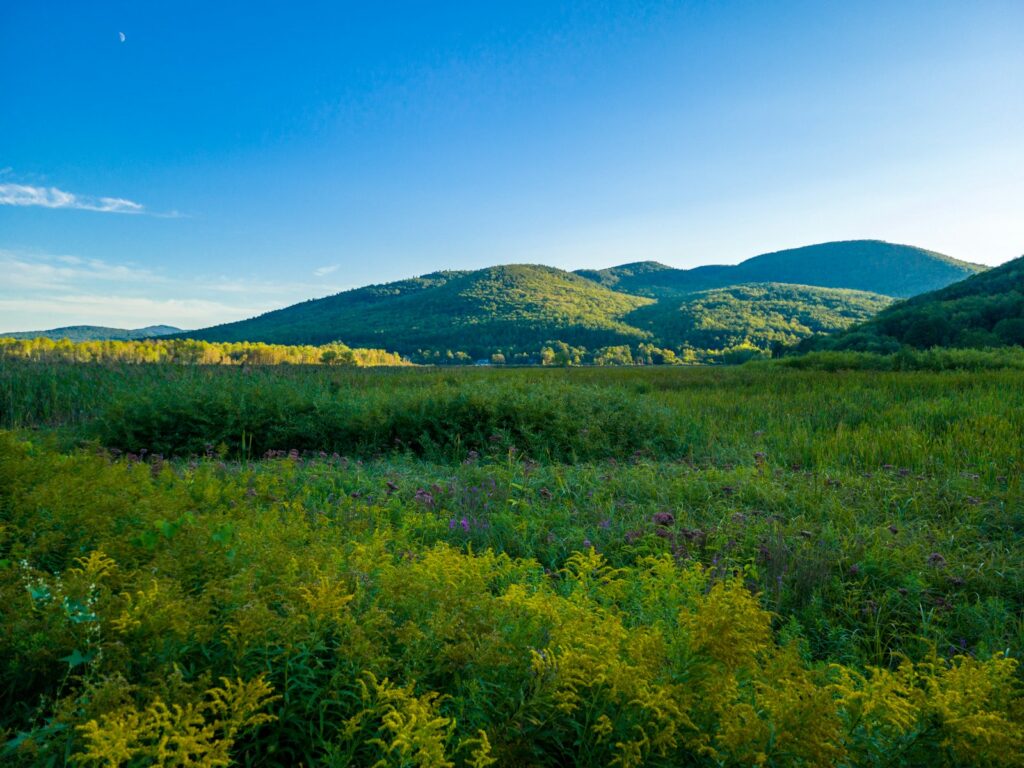
Between 1945 and 1950, five people mysteriously vanished in or near Vermont’s Green Mountain National Forest in an area that came to be known as the “Bennington Triangle.” The disappearances began with 74-year-old Middie Rivers, who was leading a hunting party when he walked ahead and was never seen again. Paula Welden, an 18-year-old college student, vanished while hiking the Long Trail, followed by the disappearances of James Tedford, Paul Jepson, and Frieda Langer in subsequent years.
Despite extensive searches, only Langer’s body was ever recovered, found months later in an area that had been thoroughly searched previously. The cluster of disappearances spawned theories ranging from serial killers to supernatural explanations, creating an enduring mystery that continues to haunt this stretch of protected woodland.
The Shenandoah National Park Double Homicide
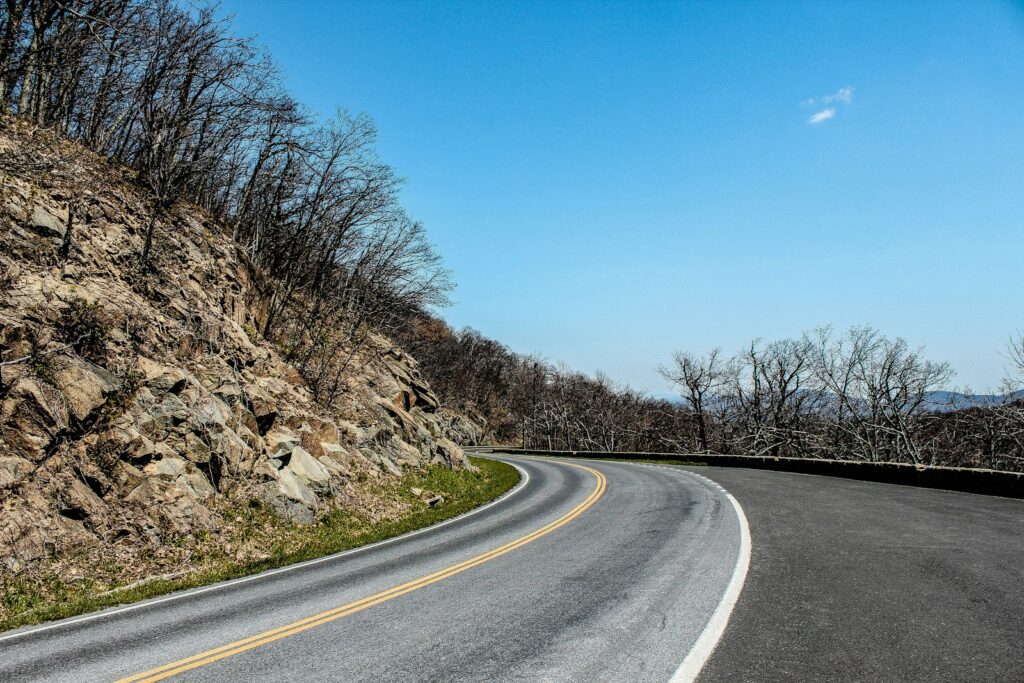
In May 1996, Julianne Williams and Laura “Lollie” Winans were brutally murdered while backpacking in Shenandoah National Park, their bodies discovered bound and with their throats cut at a secluded campsite. The horrific crime sent ripples of fear through the hiking community and raised serious questions about safety on the Appalachian Trail, which runs through the park. Initially, authorities focused on Darrell David Rice, who was indicted in 2002, but charges were later dropped when DNA evidence failed to link him to the crimes.
The case remained cold for years until 2018, when investigators revealed they had evidence potentially connecting the murders to convicted killer Richard Marc Evonitz, who had committed suicide in 2002. The Shenandoah murders highlight the unique challenges of investigating crimes in remote wilderness areas, where evidence can be compromised by the elements and witness accounts are scarce.
The Robert Mountford Jr. and Laura Ramsay Murders on the Appalachian Trail
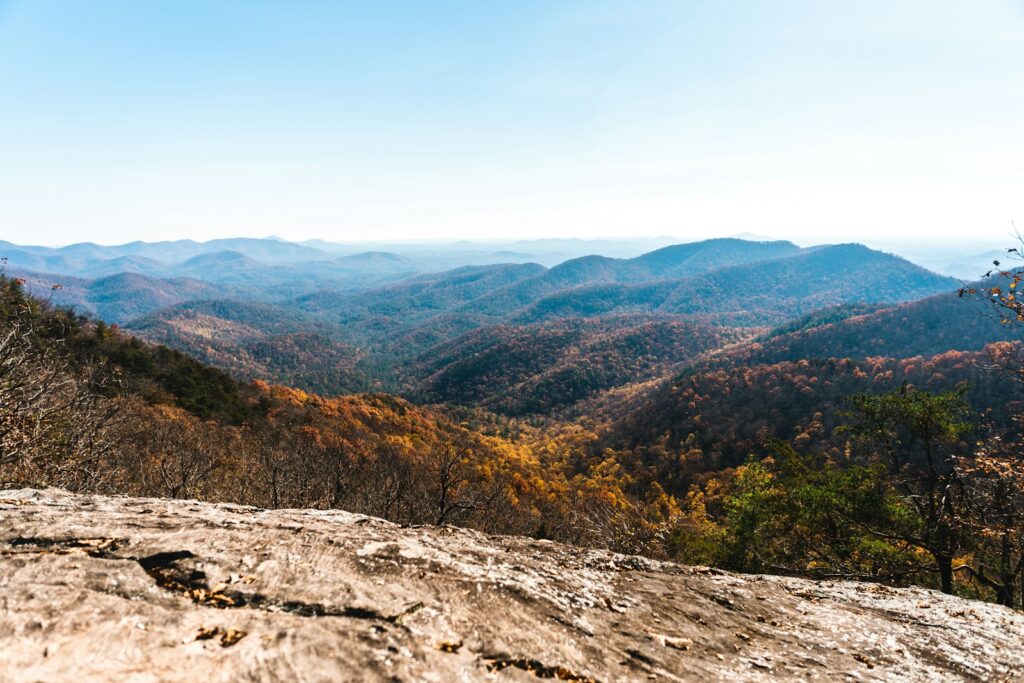
In May 1981, social workers Robert Mountford Jr. and Laura Ramsay were hiking the Appalachian Trail through Virginia’s Jefferson National Forest when they were brutally murdered at their campsite. Their deaths sent shockwaves through the hiking community, which had long viewed the trail as a safe haven from the violence of urban areas. Randall Lee Smith was eventually convicted of the crimes, serving just 15 years before being released in 1996.
In a disturbing epilogue to this case, Smith returned to the same area in 2008 and attempted to murder two more hikers before being injured in a car crash while fleeing; he later died from his injuries. The Mountford-Ramsay murders fundamentally changed perceptions of safety on the Appalachian Trail and prompted many hikers to carry weapons or hike in larger groups, illustrating how a single violent incident can transform the culture of a recreational community.
The Murder of Arman Johnson in Olympic National Park
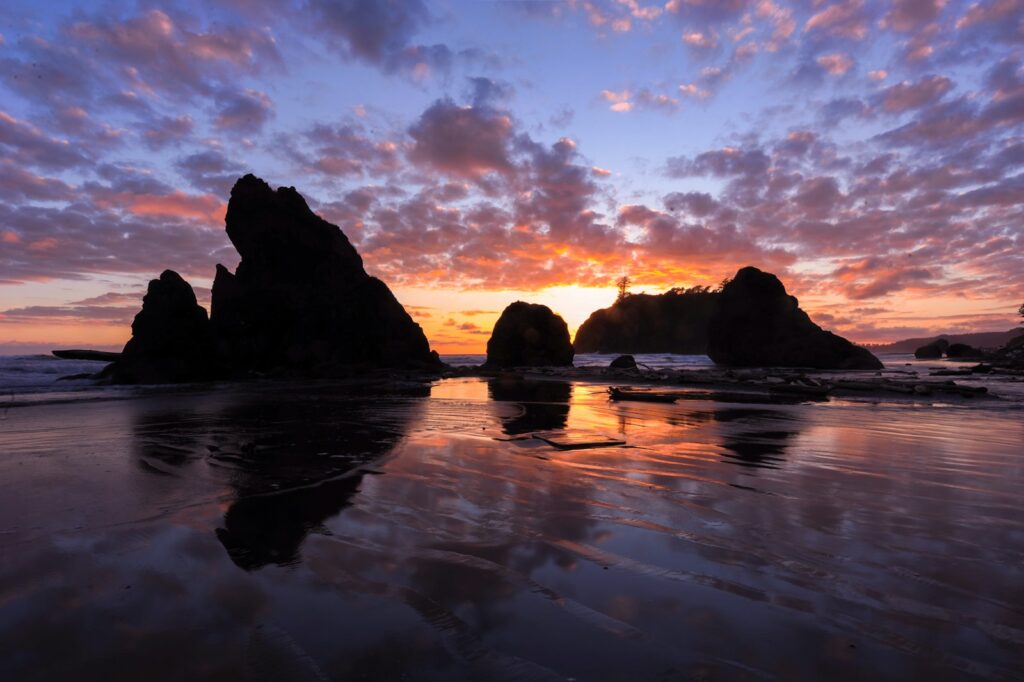
In the summer of 2017, Olympic National Park in Washington became the scene of a shocking crime when Arman Johnson was killed while camping with his family at the Klahowya Campground. The 35-year-old was confronted in the middle of the night by Andrew Carlisle, who shot Johnson multiple times in front of his horrified wife and children. The seemingly random nature of the attack—Carlisle and Johnson had no prior connection—made the crime particularly disturbing to park visitors and staff.
Investigators later discovered that Carlisle had a history of mental illness and had been experiencing paranoid delusions at the time of the murder. The case highlighted gaps in mental health monitoring and gun control laws, while also raising difficult questions about how to maintain the open, accessible nature of national parks while ensuring visitor safety.
The Trumbull Lake Murders in Yellowstone National Park
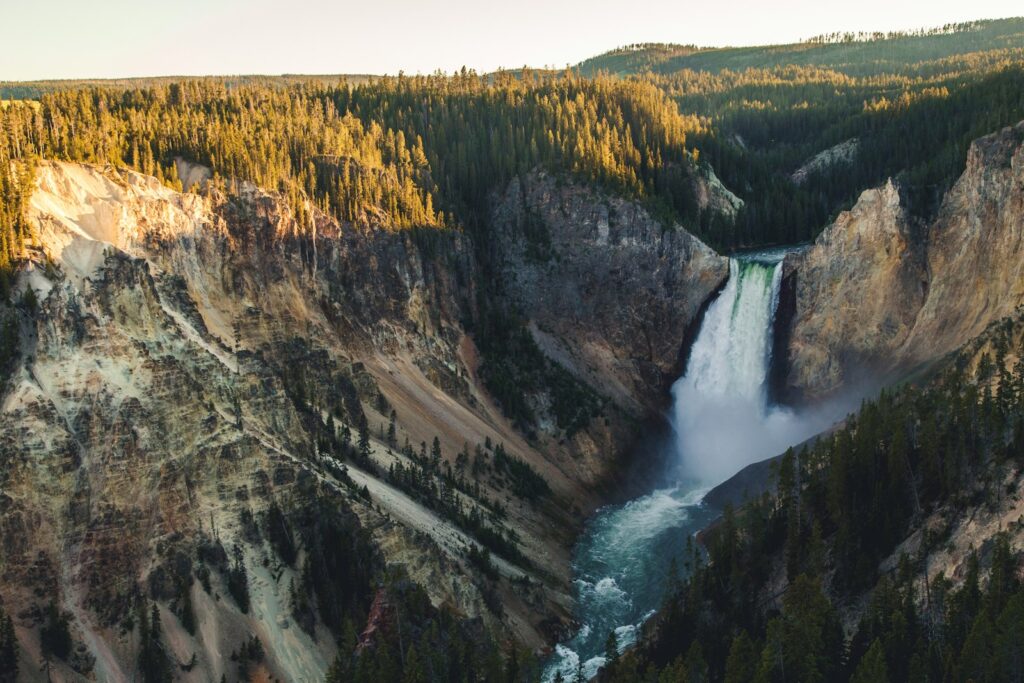
Yellowstone National Park witnessed one of its most notorious crimes in August 1984 when three members of the Bergeson family were murdered at their campsite near Trumbull Lake. Alice, James, and their son Jimmy were shot and killed in their tent during what investigators believed was a robbery gone wrong. The remote location significantly hampered the investigation, with evidence compromised by weather and wildlife before authorities could fully process the scene.
After months of investigation, Bernard Driskell, a local hunter with a criminal record, was charged with the murders based on circumstantial evidence and witness statements placing him in the area. The Trumbull Lake case underscored the jurisdictional complexities of crimes in national parks, which fall under federal authority but often require coordination with local law enforcement agencies that may have limited resources for major crime investigations.
The “Zone of Death” in Yellowstone National Park
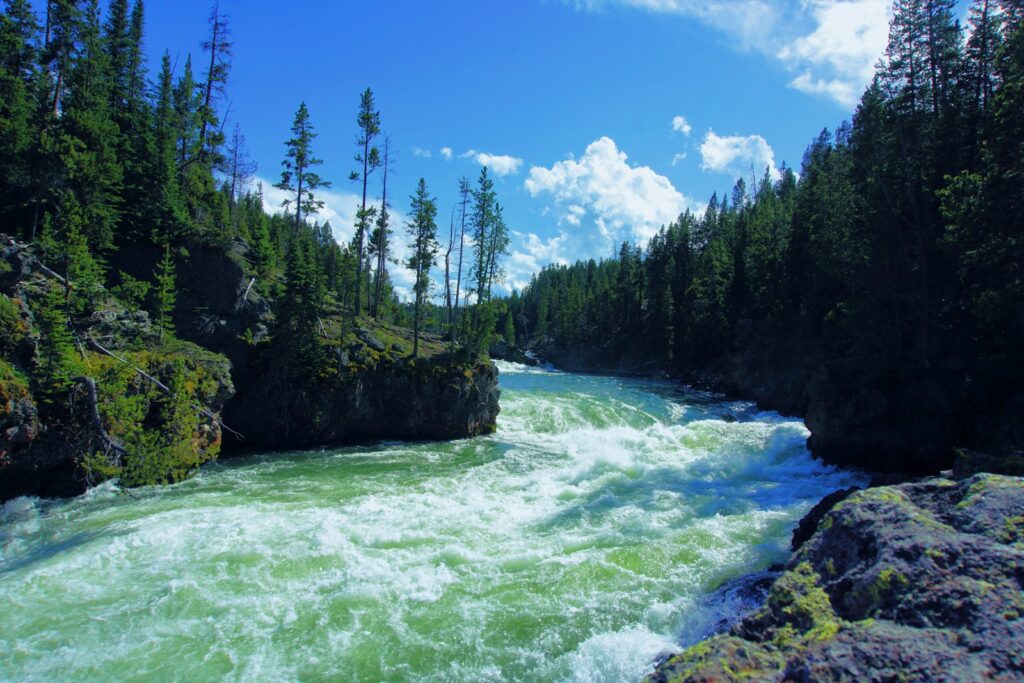
A 50-square-mile section of Yellowstone National Park in Idaho has been theoretically identified as a legal “Zone of Death” where perfect crimes could potentially be committed without prosecution. This bizarre legal loophole stems from constitutional requirements for a jury trial composed of people from both the state and district where the crime was committed. Since this portion of Yellowstone is in Idaho (state) but within the Wyoming district of federal courts, and no one permanently resides in this area, it would be impossible to form a proper jury.
Michigan State University law professor Brian Kalt publicized this theory in 2005, causing considerable concern. While no known criminals have attempted to exploit this loophole, the “Zone of Death” remains a fascinating example of how the unique jurisdictional status of national parks can create unexpected legal complications that might affect crime prosecution.
The Killing of Tim DeClue in Rocky Mountain National Park
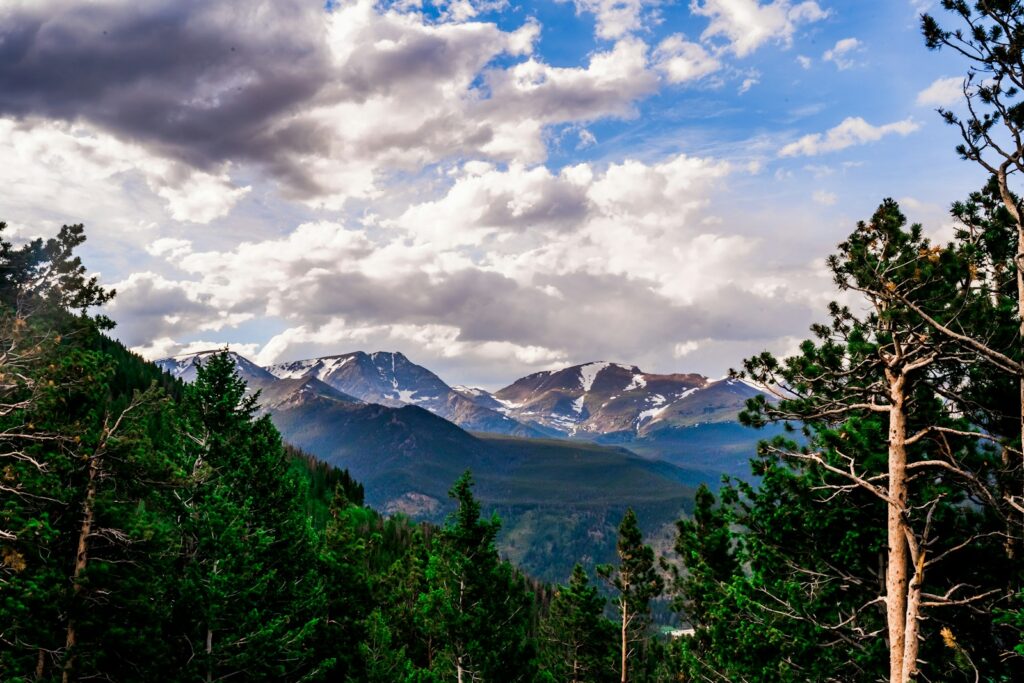
In 1948, Rocky Mountain National Park ranger Tim DeClue became one of the first park rangers murdered in the line of duty when he was shot while investigating reports of illegal hunting. DeClue had approached a man he suspected of poaching deer inside park boundaries when the suspect, later identified as Earl Durand, opened fire with a hunting rifle. The murder sparked one of the largest manhunts in Colorado history, with Durand eventually cornered in the town of Powell, Wyoming, where he died in a shootout with law enforcement.
DeClue’s death highlighted the dangers faced by park rangers, who often patrol vast, remote areas alone and must confront potentially dangerous individuals engaging in illegal activities. His sacrifice led to improved safety protocols for rangers and greater recognition of the law enforcement aspects of their role in protecting both the natural resources and visitors of national parks.
The “Cowboy” Killer of Grand Teton National Park
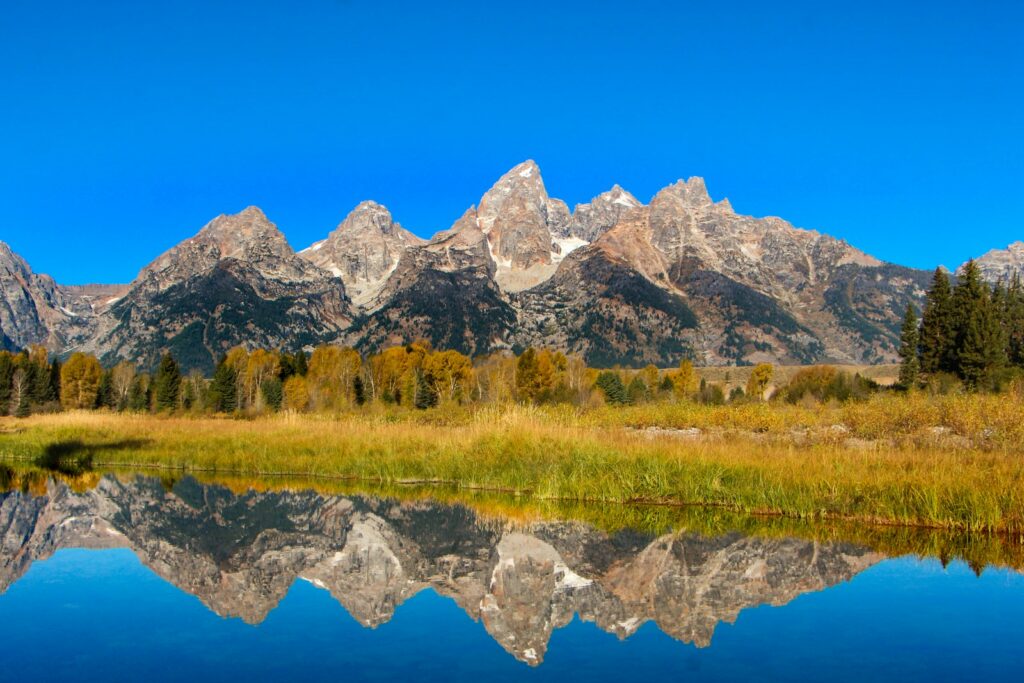
In the summer of 1982, Grand Teton National Park became the hunting ground for a serial killer who targeted young women working summer jobs in the park and surrounding areas. The killer, who sometimes wore cowboy attire, was eventually identified as Michael Terry, a seasonal employee who had worked various jobs in the park. Terry was connected to the murders of at least three women—Deborah Swanson, Janet Bettag, and Carrie Reynolds—all of whom disappeared after last being seen in or near park facilities.
The case revealed serious flaws in the background checking processes for seasonal employees in national parks, as Terry had a prior criminal record that went undetected. Following his capture and conviction, the National Park Service implemented more rigorous screening procedures for all employees, regardless of their employment status, demonstrating how tragic events can lead to important systemic improvements.
The Mysterious Death of Thelma Pauline Melton in Great Smoky Mountains National Park

In September 1981, 58-year-old Thelma Pauline Melton vanished while hiking a relatively easy trail in Great Smoky Mountains National Park with two friends. An experienced hiker familiar with the area, Melton walked ahead on the trail and somehow disappeared completely, despite her friends being only minutes behind her. Despite one of the most extensive searches in the park’s history, involving hundreds of volunteers, tracking dogs, and helicopter surveys, no trace of Melton was ever found.
The complete lack of evidence has made her case one of the park’s most enduring mysteries. Her disappearance is particularly baffling because the trail was well-marked and moderately trafficked, and Melton had no known health issues or reasons to leave the path deliberately, leading to speculation about everything from accidental falls in unsearched ravines to criminal activity or even supernatural explanations.
The Impact of National Park Crimes on Safety Protocols and Public Perception
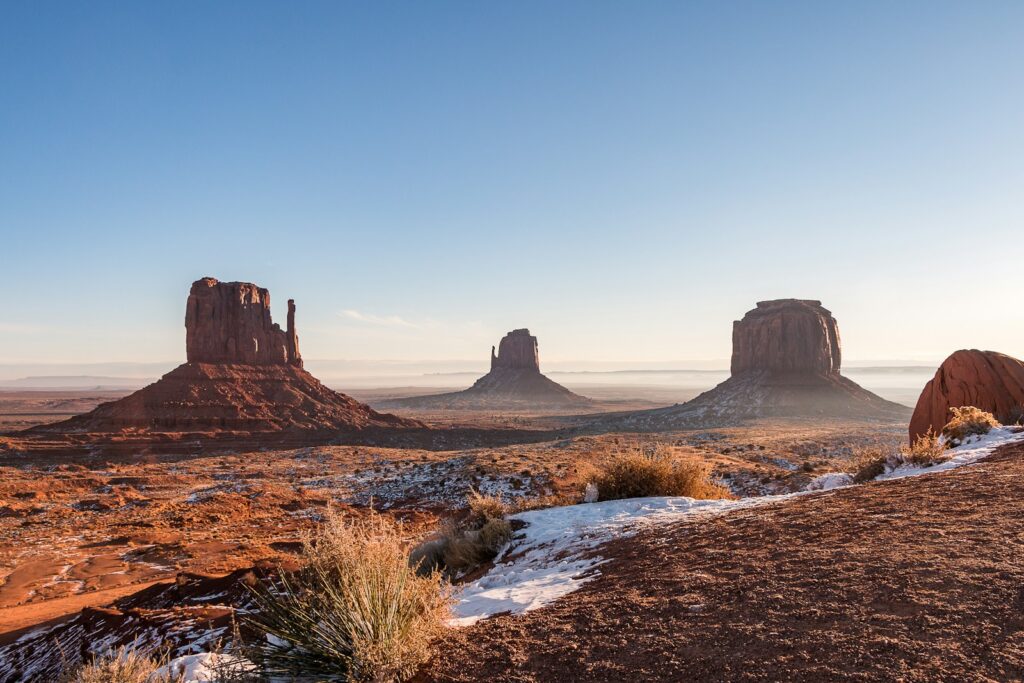
The notorious crimes that have occurred in national parks have profoundly influenced both official safety protocols and public behavior in these wilderness areas. Following high-profile murder cases, the National Park Service has implemented more comprehensive emergency response systems, increased ranger patrols in popular areas, and improved communication infrastructure to reduce response times to incidents. Visitor education has also evolved, with parks now providing more explicit safety warnings and recommendations for wilderness travel.
The public perception of national parks has undergone a subtle but significant shift, with many visitors now approaching these spaces with a heightened awareness of potential dangers. Research indicates that media coverage of violent crimes in parks has particularly affected female visitors, who report higher levels of anxiety about solo hiking or camping after learning about such incidents. While these crimes remain statistically rare compared to the millions of safe visits each year, their psychological impact on the collective consciousness of park visitors continues to shape how Americans experience these treasured natural spaces.
Conclusion: Infamous Crimes and Mysteries in America’s National Parks
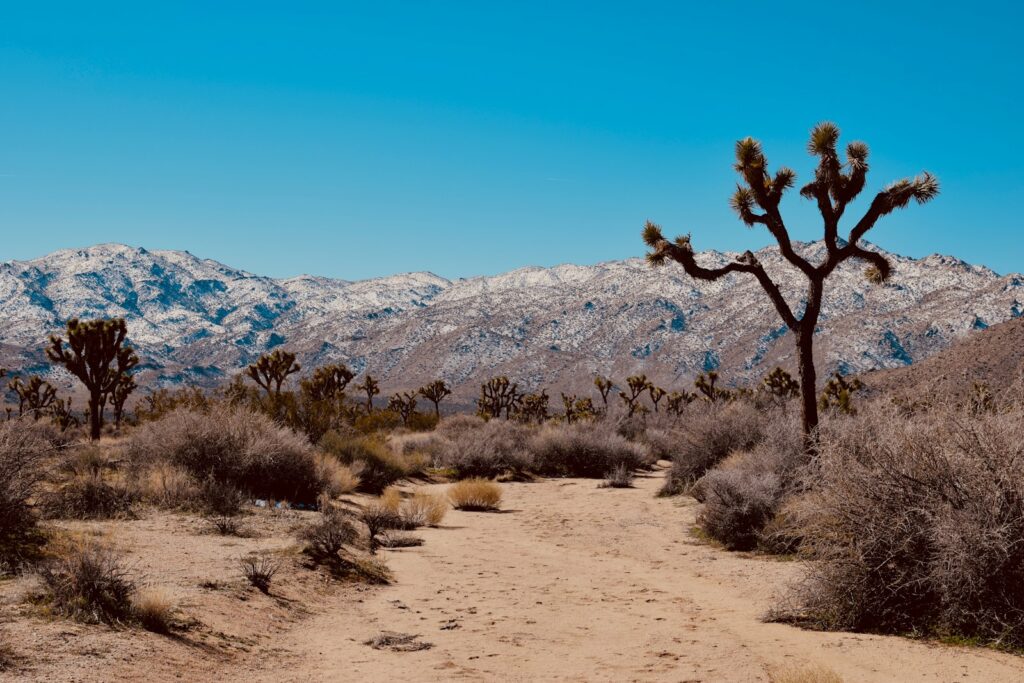
While national parks remain among America’s greatest treasures and are overwhelmingly safe places to visit, the infamous crimes that have occurred within their boundaries serve as sobering reminders that wilderness areas are not immune to human violence. The vast, remote nature of these parks creates unique challenges for law enforcement, from jurisdictional complications to the practical difficulties of investigating crimes in harsh environments where evidence can quickly degrade. Throughout history, the National Park Service has responded to these challenges by constantly evolving their safety protocols, emergency response capabilities, and visitor education programs.
For visitors, awareness of these past incidents need not inspire fear but rather a healthy respect for the wilderness and the importance of basic safety precautions when enjoying these magnificent natural spaces. Despite their occasionally dark histories, our national parks continue to offer transformative experiences that connect millions of Americans to the natural world each year.

